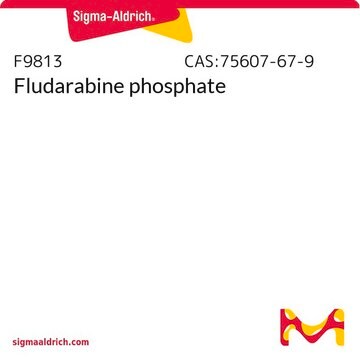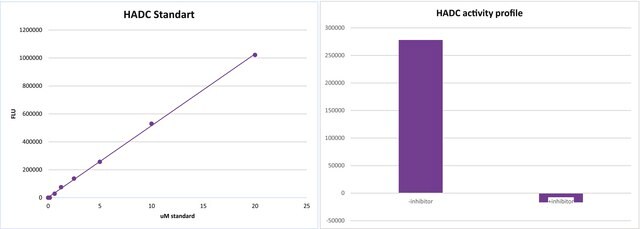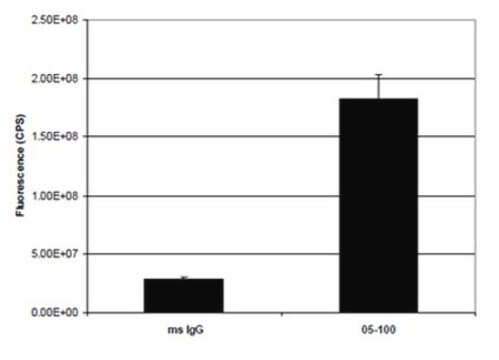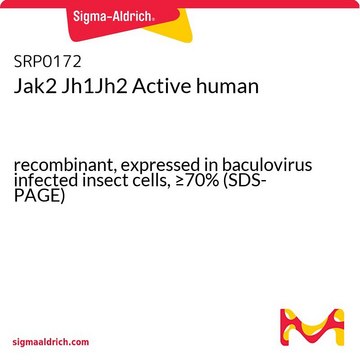H6287
Anti-Histone Deacetylase 1 (HDAC1) antibody, Mouse monoclonal
clone HDAC1-21, purified from hybridoma cell culture
Sinónimos:
Monoclonal Anti-Histone Deacetylase 1 (HDAC1) antibody produced in mouse
About This Item
Productos recomendados
origen biológico
mouse
Nivel de calidad
conjugado
unconjugated
forma del anticuerpo
purified immunoglobulin
tipo de anticuerpo
primary antibodies
clon
HDAC1-21, monoclonal
Formulario
buffered aqueous solution
mol peso
antigen ~65 kDa
reactividad de especies
mouse, human
concentración
~2 mg/mL
técnicas
immunoprecipitation (IP): suitable
indirect ELISA: suitable
microarray: suitable
western blot: 2-4 μg/mL using total cell extracts of HeLa cells
isotipo
IgG3
Nº de acceso UniProt
Condiciones de envío
dry ice
temp. de almacenamiento
−20°C
modificación del objetivo postraduccional
unmodified
Información sobre el gen
human ... HDAC1(3065)
mouse ... Hdac1(433759)
Categorías relacionadas
Descripción general
Aplicación
- enzyme-linked immunosorbent assay (ELISA)
- immunoprecipitation
- immunoblotting
Acciones bioquímicas o fisiológicas
Forma física
Cláusula de descargo de responsabilidad
¿No encuentra el producto adecuado?
Pruebe nuestro Herramienta de selección de productos.
Código de clase de almacenamiento
10 - Combustible liquids
Elija entre una de las versiones más recientes:
Certificados de análisis (COA)
¿No ve la versión correcta?
Si necesita una versión concreta, puede buscar un certificado específico por el número de lote.
¿Ya tiene este producto?
Encuentre la documentación para los productos que ha comprado recientemente en la Biblioteca de documentos.
Artículos
Huntington's disease (HD) is an autosomal dominant, late-onset neurodegenerative disorder characterized by a selective neuronal cell death in the cortex and striatum leading to cognitive dysfunction, motor impairment and behavioral changes.
Nuestro equipo de científicos tiene experiencia en todas las áreas de investigación: Ciencias de la vida, Ciencia de los materiales, Síntesis química, Cromatografía, Analítica y muchas otras.
Póngase en contacto con el Servicio técnico








